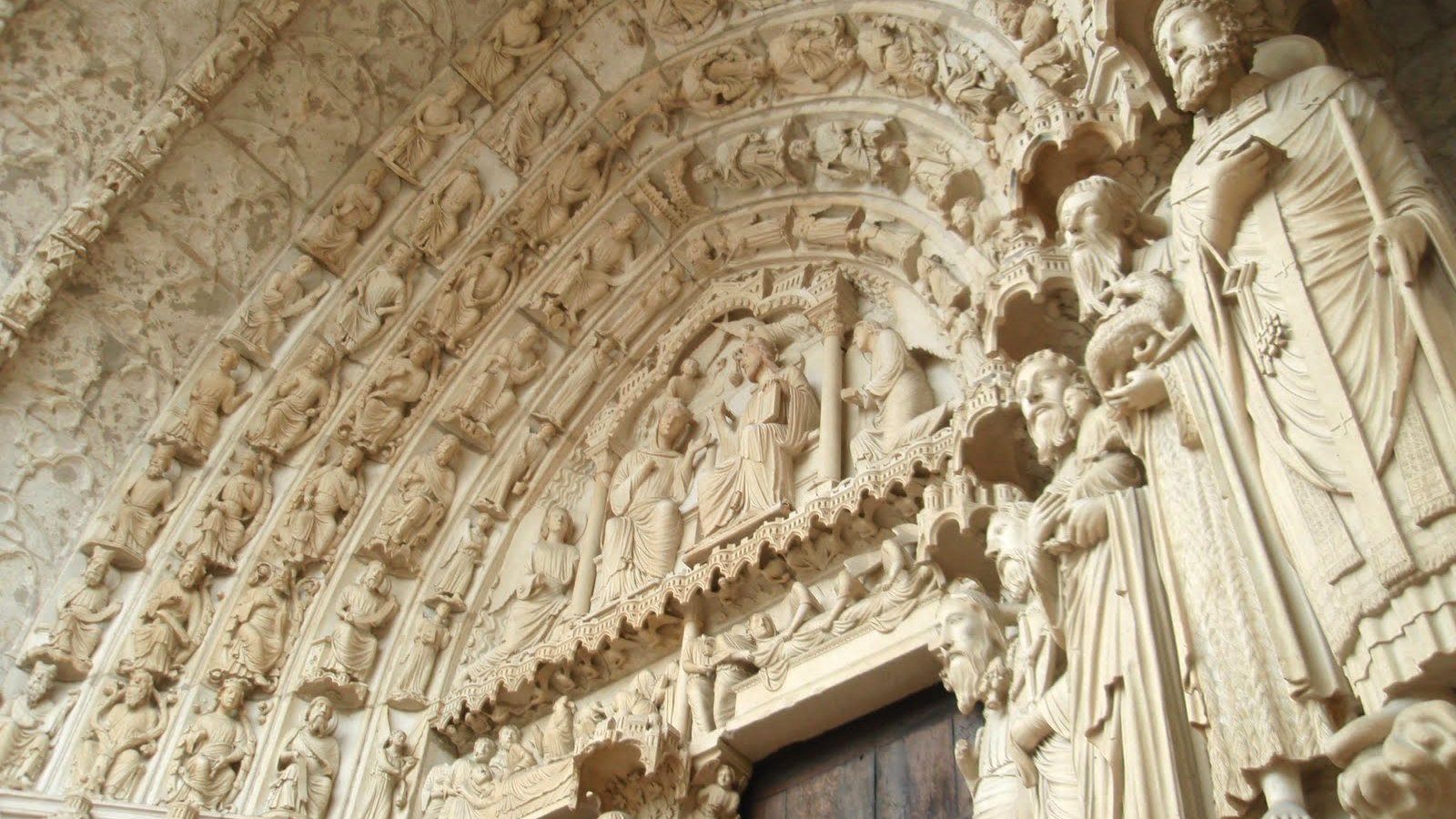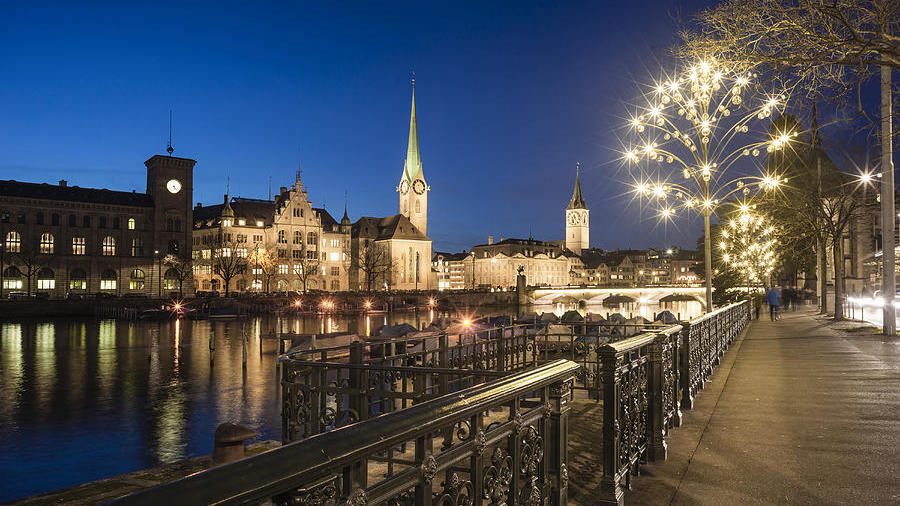New Release: Andrew Norman’s “Sustain,” Gustavo Dudamel and the Los Angeles Philharmonic
Sustain, a haunting orchestral soundscape by American composer Andrew Norman (b. 1979), was commissioned by the Los Angeles Philharmonic for the opening of its centennial season. A concert recording, released earlier this year, documents the piece’s October, 2018 world premiere. Sustain was a finalist for this year’s Pulitzer Prize in Music. The recording, which features the LA Phil and Gustavo Dudamel, is up for a Grammy in the categories of “Best Contemporary Classical Composition” and …







